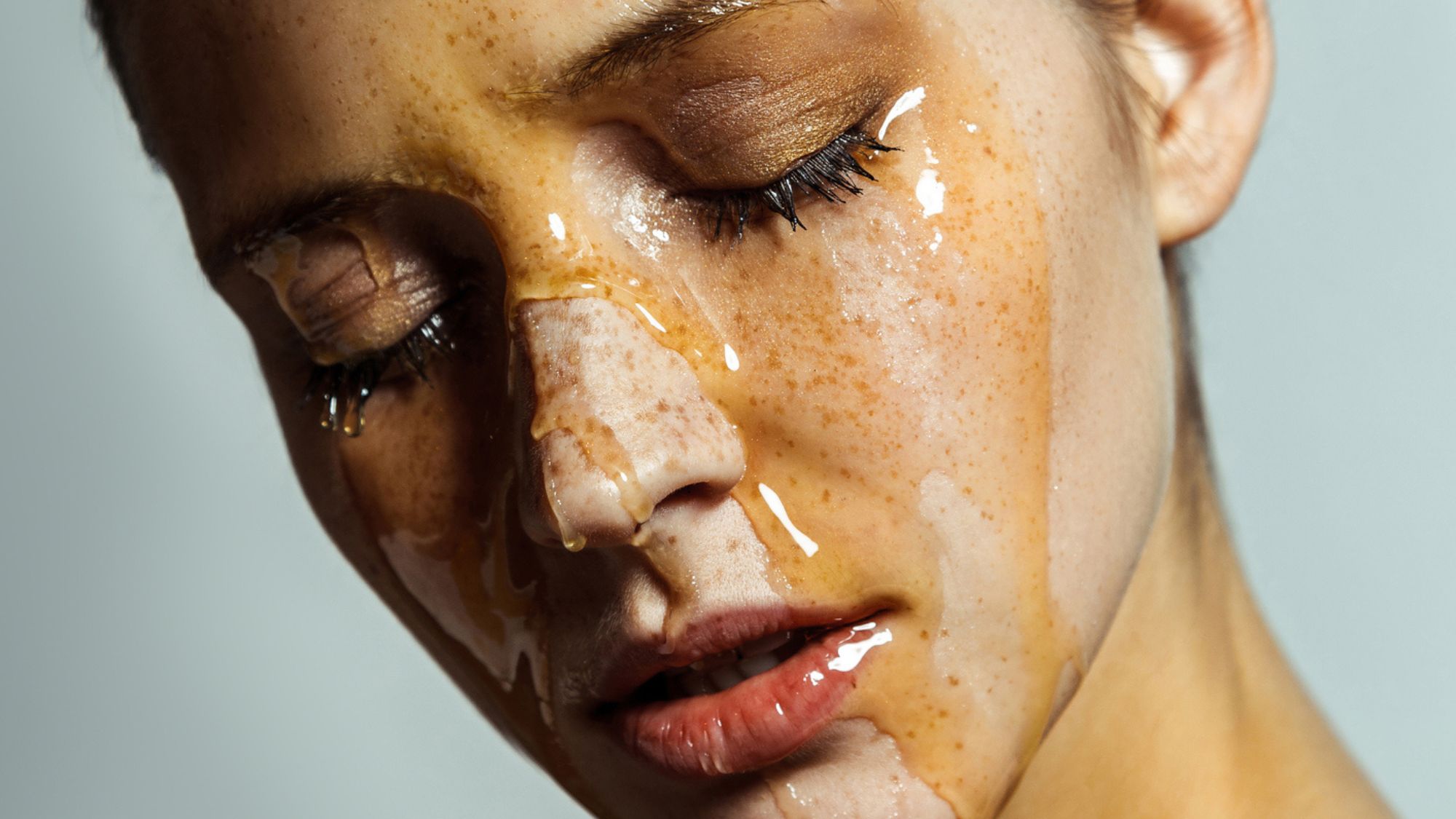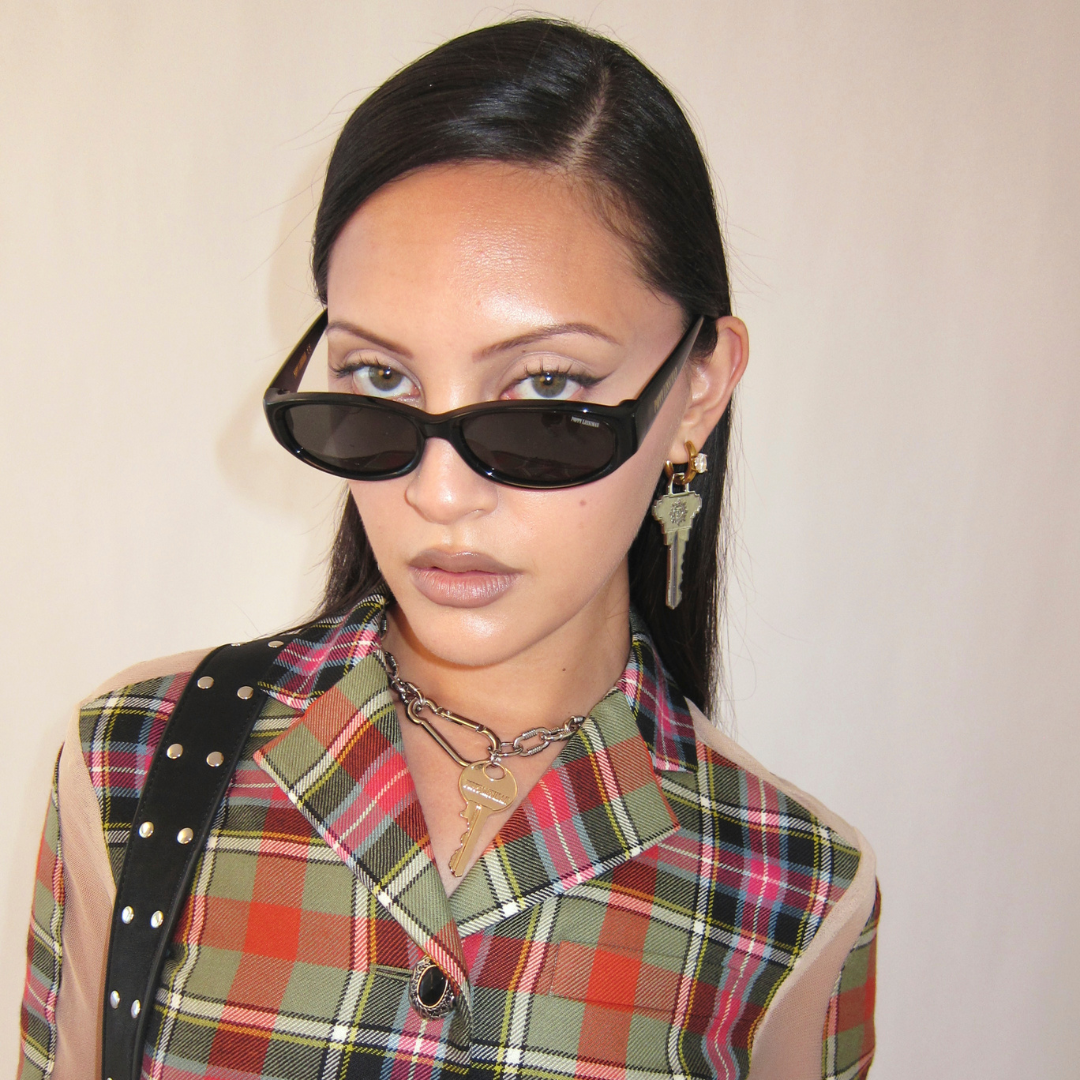Of all the beauty trends on TikTok, skin flooding isn't one we can get behind—here's why
Another day, another irresponsible beauty trend


Is it just me or does there seem to be a new beauty trend every week at the moment? First it was buccal fat removal, then it was the viral contour method, and now? Say hello to skin flooding.
If you haven't heard of the popular hydration hack, then where have you been? The hashtag has over 20 thousand views on TikTok alone, and beauty influencers and journalists alike have all been putting it to the test.
As a beauty journalist myself, I spend most of my time testing out new products and speaking to a wide range of dermatologists about the latest skincare trends. Although most of them agree that skin flooding can benefit the skin, it's a trend that I just can't get on board with.
Why? To put it simply, it's overcomplicating skincare on a platform that should be making beauty easy, enjoyable and accessible to all. Not only that, but TikTok also lacks the ability to deliver the correct information, meaning you could be causing more harm than good to your skin.
Keep on scrolling for more information on what skin flooding actually is, and why I believe that this trend is not to be tried at home.
What is skin flooding?
"Skin flooding is all about using and layering ingredients to optimally hydrate the skin," explains Dr Fadi Haddad, Cosmetic Dermatologist at Dr Kayle Aesthetic Clinic Dubai. It involves applying and layering hydrating products such as serums and moisturisers to damp skin after cleansing.
"You start by applying serums that are humectants such as those with hyaluronic acid and finish the process with a heavier product such as a lotion or cream, which will trap the moisture into your skin," describes Haddad.
Marie Claire Newsletter
Celebrity news, beauty, fashion advice, and fascinating features, delivered straight to your inbox!
Instead of waiting for products to soak into the skin, you are essentially 'flooding' your skin with the next ingredient.
@jennifer_adell ♬ Pink Champagne - Abby Roberts
What are the supposed benefits of skin flooding?
So, why are people doing this? Well, according to Ridah Syed, Senior Medical Aesthetician at Skinfluencer London, "The idea is that this flooding method aids products in penetrating the skin, to increase their efficacy to result in deeper and longer lasting hydration."
Not only that, but layering products that have actives such as hyaluronic acid with niacinamide can also benefit the skin. Haddad elaborates, "Niacinamide is an antioxidant that brightens the skin, as well as minimising oil production, while hyaluronic acid is brilliant at hydrating."
However, the method will only work if you layer your hydrating ingredients correctly, as different products work to improve skin hydration in different ways. "Humectants such as hyaluronic acid add moisture to the skin by drawing it from the surrounding environment," explains Syed, "while emollients such as ceramides seal in moisture and prevent evaporation from the skin."
The downsides to the skin flooding trend
Applying products to damp skin
One of first things I thought about when hearing about this trend was 'what happens when you apply these products to damp skin?' When it comes to skincare, my motto is always: do what it says on the tin. Beauty products are typically tested under the same conditions as the directions outlined on the bottle, so surely, unless those directions outline the need to apply the formula on damp skin, the results are sure to be different?
"Generally, when you apply products on moist skin, the active ingredients will be absorbed more effectively and efficiently. Also, skin will feel more nourished because the actives can penetrate the deeper layers of the skin more easily," says Syed.
The key word that Syed uses? Generally. Although this can help your skin absorb active ingredients more efficiently, there is no way of knowing if this is true for every single product.
In fact, the general consensus amongst most brand founders I've spoken with in the past? It's always best to just follow the instructions on the bottle.
Layering actives
This is potentially the most important reason I'm against the hype around skin flooding. Layering active ingredients on top of one another is like a jigsaw puzzle and should really only be done by people who really understand skin and skincare.
For example, many active ingredients work against one another, rendering one entirely ineffective. In other scenarios, combining ingredients can lead to skin irritation and damage. "You should never layer potent ingredients such as exfoliating acids or retinol or put them directly on damp skin," says Haddad. This is because the moisture could speed up the rate at which they absorb into the skin and potentially cause irritation.
And this isn't something that's made clear in any of the TikTok videos that I have seen—caveating skincare advice clearly doesn't prove beneficial for virality on the app. Take, for example, the slugging trend. Just a few months ago, lots of people were generously applying Vaseline to their face while on a mission for glow. Now, experts are warning it could trigger major breakouts.
Costs time, money (and the planet)
Another huge downside to skin flooding is that this trend relies on using lots of products. Here at Marie Claire UK, we're all about conscious beauty. Essentially, that means we're here to provide beauty advice and expertise that considers money, time and planet. Sadly, skin flooding isn't a trend that ticks many of these boxes.
Firstly, let's talk about how time-consuming skin flooding is. Haddad agrees. "This trend is time-consuming and, because it utilises multiple products, it can be more expensive than a basic three-step skincare routine."
And as far as I'm concerned, the best skincare trends are the ones that make you stick to a routine—and skin flooding isn't really selling an easy lifestyle. Syed recommends starting with the basics and then looking at adding further actives into your routine that will benefit your individual skin needs.
And not only is this trend bad for your bank account, but it's bad for the environment too. Think about it, more beauty products in any routine means more packaging. More packaging? More waste.
Bottom line? You don't need to spend a lot or have an elaborate routine in order to achieve hydrated, glowing skin—no matter what TikTok says. When it comes to skincare, there is nothing wrong with stripping it back to basics and sticking to the products you know and love.
Grace Lindsay is currently Junior Beauty Editor at Who What Wear UK and previously was Marie Claire UK's E-Commerce Writer. With over three years of experience in the fashion and beauty industry, she covers everything from the best make-up and skincare deals to how to shop the stand out trends of the season. When she's not typing away at her laptop, Grace can be found shopping her favourite vintage markets IRL, or catching up on her never-ending list of books to read.
-
 How the slogan t-shirt became this season's must-have - and why it's more than just another trend
How the slogan t-shirt became this season's must-have - and why it's more than just another trendNot just another Nineties throwback
By Clementina Jackson
-
 How are Trump’s tariffs affecting the fashion industry?
How are Trump’s tariffs affecting the fashion industry?The fluctuating situation in the US is having very real consequences
By Rebecca Jane Hill
-
 Here's every character returning for You season 5 - and what it might mean for Joe Goldberg's ending
Here's every character returning for You season 5 - and what it might mean for Joe Goldberg's endingBy Iris Goldsztajn